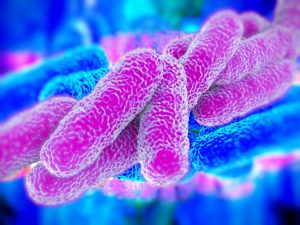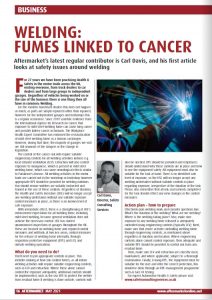
Legionellosis is a collective term for diseases caused by legionella bacteria including the most serious Legionnaires’ disease, as well as the similar but less serious conditions of Pontiac fever and Lochgoilhead fever. Legionnaires’ disease is a potentially fatal form of pneumonia and everyone is susceptible to infection. The risk increases with age but some people are at higher risk including:
a) people over 45 years of age
b) smokers and heavy drinkers
c) people suffering from chronic respiratory or kidney disease
d) diabetes, lung and heart disease
e) anyone with an impaired immune system
The bacterium Legionella pneumophila and related bacteria are common in natural water sources such as rivers, lakes and reservoirs, but usually in low numbers. They may also be found within a companies hot and cold water systems.
Where does it come from?
Legionella bacteria are widespread in natural water systems, e.g. rivers and ponds. However, the conditions are rarely right for people to catch the disease from these sources. Outbreaks of the illness occur from exposure to legionella growing in purpose-built systems where water is maintained at a temperature high enough to encourage growth, e.g. cooling towers, evaporative condensers, hot and cold water systems and spa pools used in all sorts of premises (work and domestic).
How do people get it?
People contract Legionnaires’ disease by inhaling small droplets of water (aerosols), suspended in the air, containing the bacteria. Certain conditions increase the risk from legionella if:
a) the water temperature in all or some parts of the system may be between 20-45 °C, which is suitable for growth
b) it is possible for breathable water droplets to be created and dispersed e.g. aerosol created by a cooling tower, or water outlets
c) water is stored and/or re-circulated
d) there are deposits that can support bacterial growth providing a source of nutrients for the organism e.g. rust, sludge, scale, organic matter and biofilms
The bacteria can multiply in water in temperatures between 20°C – 45°C. As the temperature rises above 60°C the majority of bacteria will be killed within five minutes. Maintaining water temperatures above 50°C and below 20°C is therefore the main method of controlling legionella in domestic water systems as recommended by Health & Safety Authorities.
What should I do?
The incubation period is between 2-10 days so when returning back to work to a partial or unoccupied premises it is recommended to purge showers & water systems at the highest temperature for 5 minutes.
For further information on Legionella then contact us today



